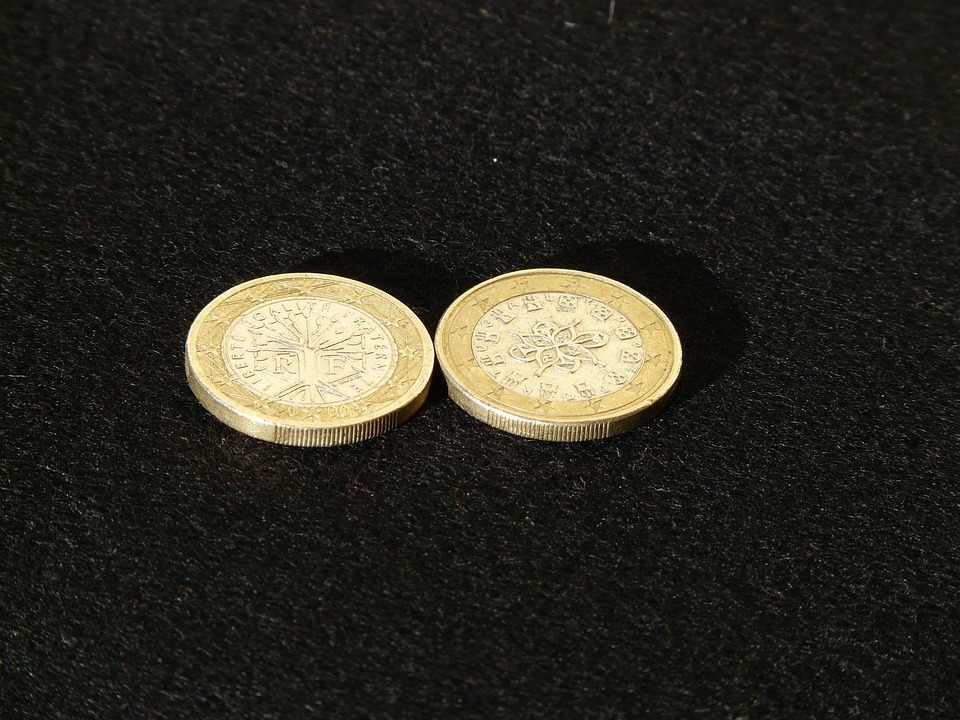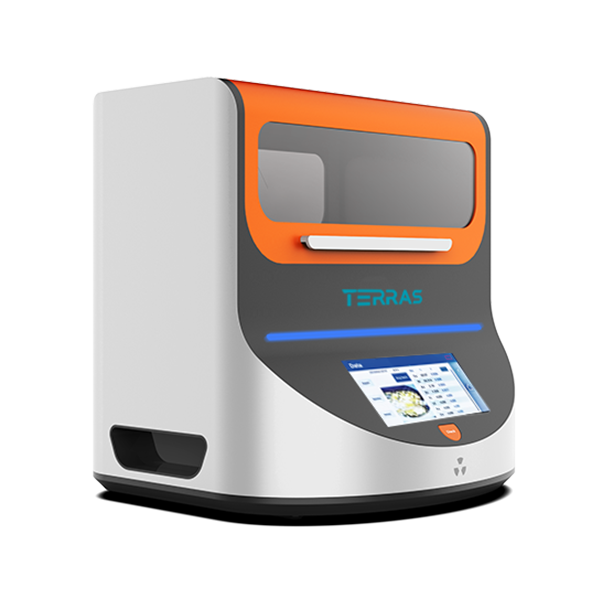
Gold and Jewelry
A high-tech enterprise focusing on the development and application of X-ray technology products, committed to becoming a leading supplier of X-ray industrial testing solutions.
How Does XRF Gun Work to Identify Precious Metals in Seconds?
In the world of precious metals, accuracy and speed are paramount. Whether you're a jeweler, a pawnbroker, or a scrap metal recycler, being able to quickly and accurately identify the composition of gold, silver, platinum, and other precious metals is essential for making informed decisions. Enter the XRF gun—a handheld device that has revolutionized the way precious metals are analyzed. But how does this remarkable tool work, and how can it deliver results in mere seconds? In this blog, we’ll dive into the science behind XRF guns, their applications, and why they’re a game-changer for anyone working with precious metals.
What is an XRF Gun?
An XRF (X-ray fluorescence) gun is a portable, non-destructive analytical tool used to determine the elemental composition of materials. It works by emitting X-rays that interact with the atoms in a sample, causing them to emit secondary X-rays (fluorescence). By measuring the energy and intensity of these secondary X-rays, the device can identify the elements present in the sample and their concentrations. This makes it an invaluable tool for identifying and analyzing precious metals.

How Does an XRF Gun Work?
The science behind an XRF gun is both fascinating and complex. Here’s a step-by-step breakdown of how it identifies precious metals in seconds:
1. Emitting X-Rays
When you point the XRF gun at a sample and pull the trigger, it emits a beam of high-energy X-rays. These X-rays are directed at the surface of the sample.
2. Exciting Atoms
The X-rays penetrate the sample and interact with the atoms in the material. When the X-rays hit an atom, they knock out electrons from the inner shells, creating vacancies.
3. Fluorescence Emission
To fill these vacancies, electrons from higher energy levels drop down, releasing energy in the form of secondary X-rays (fluorescence). Each element emits X-rays at unique energy levels, creating a "fingerprint" that can be detected and measured.
4. Detecting and Analyzing
The XRF gun’s detector captures the emitted X-rays and measures their energy and intensity. The device’s software then analyzes this data to determine the elements present in the sample and their concentrations.
5. Displaying Results
Within seconds, the XRF gun displays the results on its screen, showing the elemental composition of the sample. For precious metals, this includes the percentages of gold, silver, platinum, and other elements.
Why Use an XRF Gun for Precious Metals?
XRF guns offer several advantages for identifying and analyzing precious metals:
Speed: Results are delivered in seconds, enabling quick decision-making.
Accuracy: Provides precise elemental analysis, even for trace elements.
Non-Destructive: Does not damage the sample, preserving its integrity.
Portability: Lightweight and easy to carry, making it ideal for on-site use.
Cost-Effective: Reduces the need for lab testing and minimizes operational downtime.
These features make XRF guns an indispensable tool for anyone working with precious metals.
Applications of XRF Guns in Precious Metals
XRF guns are widely used in various industries for precious metal analysis:
Jewelry: Identify and authenticate gold, silver, platinum, and other precious metals in jewelry.
Pawnshops: Quickly verify the purity of items brought in for sale or pawn.
Scrap Metal Recycling: Sort and identify precious metals in scrap materials to maximize profitability.
Mining and Exploration: Analyze ore samples to determine the presence and concentration of precious metals.
Quality Control: Ensure the purity and composition of precious metals in manufacturing processes.
The Future of Precious Metal Analysis with XRF Guns
As technology continues to advance, XRF guns are becoming even more powerful and user-friendly. Innovations such as improved detection limits, faster analysis times, and enhanced data connectivity are making these devices more accessible and effective than ever before. Additionally, the integration of artificial intelligence (AI) and machine learning is poised to take XRF analysis to the next level, enabling automated data interpretation and predictive insights.
The Aurora 900 series by Terra Scientific is a cutting-edge benchtop analyzer for fast, accurate, and non-destructive testing of gold purity, karat, and alloy composition. It also analyzes a wide range of precious metals (e.g., Ag, Pd, Pt) and detects trace elements or harmful metals in jewelry, coins, and more.

Terras Aurora 900 benchtop Precious Metal Analyzer
Key Features:
Instant results via touchscreen or computer connection.
Detects coatings/platings to identify counterfeits.
No harsh chemicals—safer than traditional methods.
Compact, ergonomic design with LED lighting.
Optional small spot collimators for tiny samples.
Battery-powered for portability.
Ideal for jewelry stores, refiners, and quality control, the Aurora 900 delivers lab-quality precision in seconds.
Conclusion
XRF guns have revolutionized the way precious metals are identified and analyzed, offering a combination of speed, accuracy, and portability that traditional methods simply cannot match. By understanding how these devices work and following best practices, you can harness their full potential to make informed decisions, improve operational efficiency, and maximize profitability.
Join Us
Subscribe to our email list for updates & promotions.



